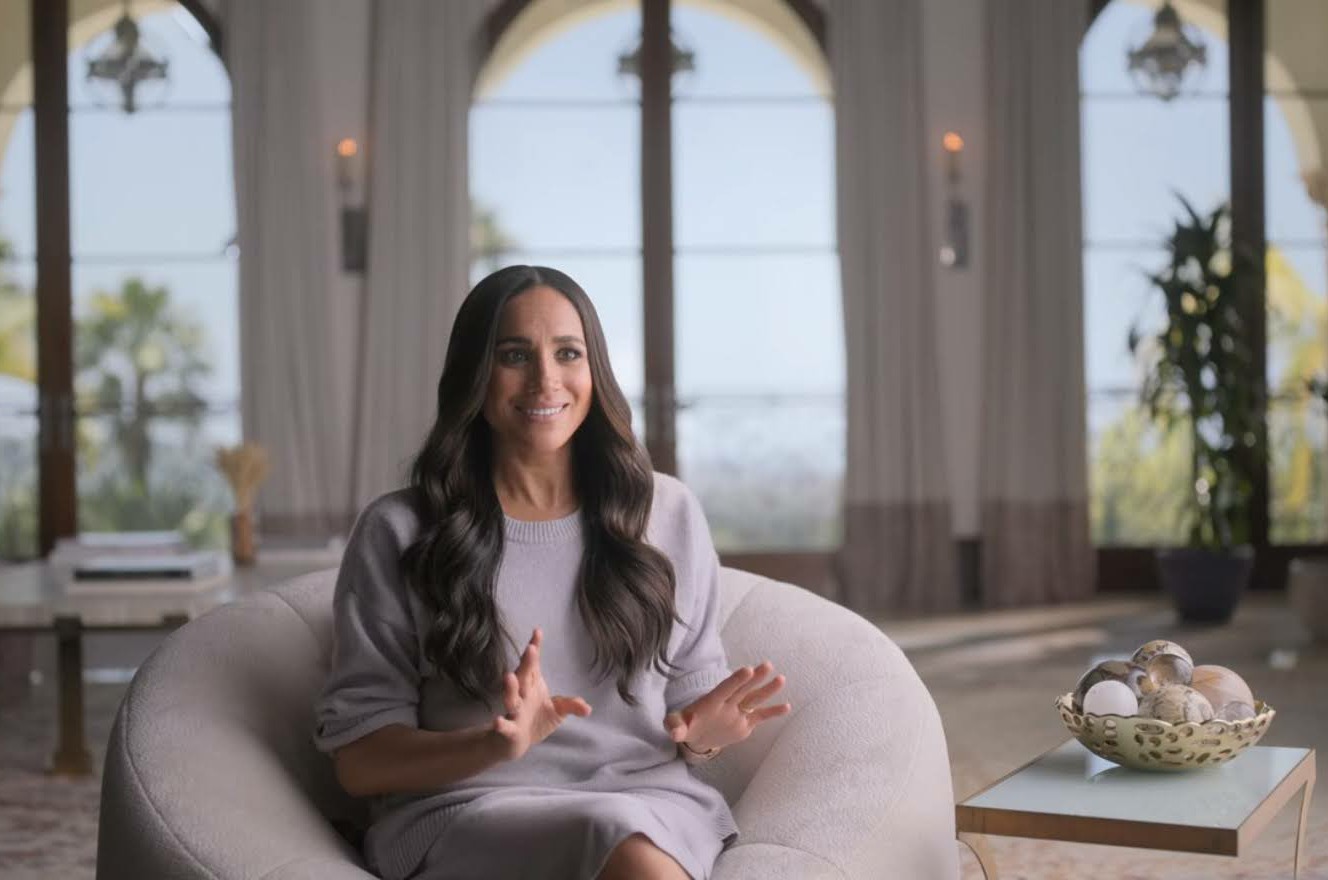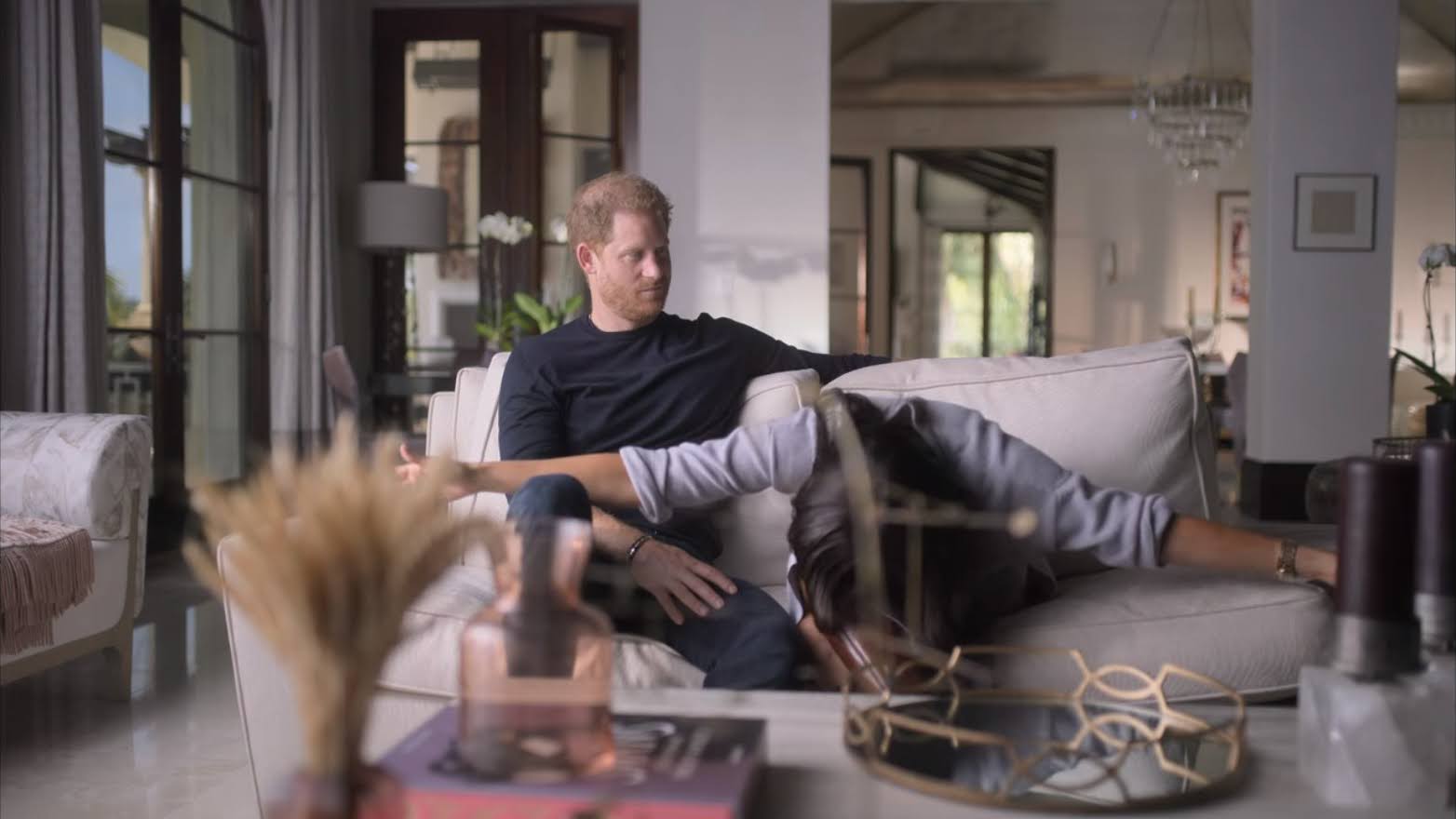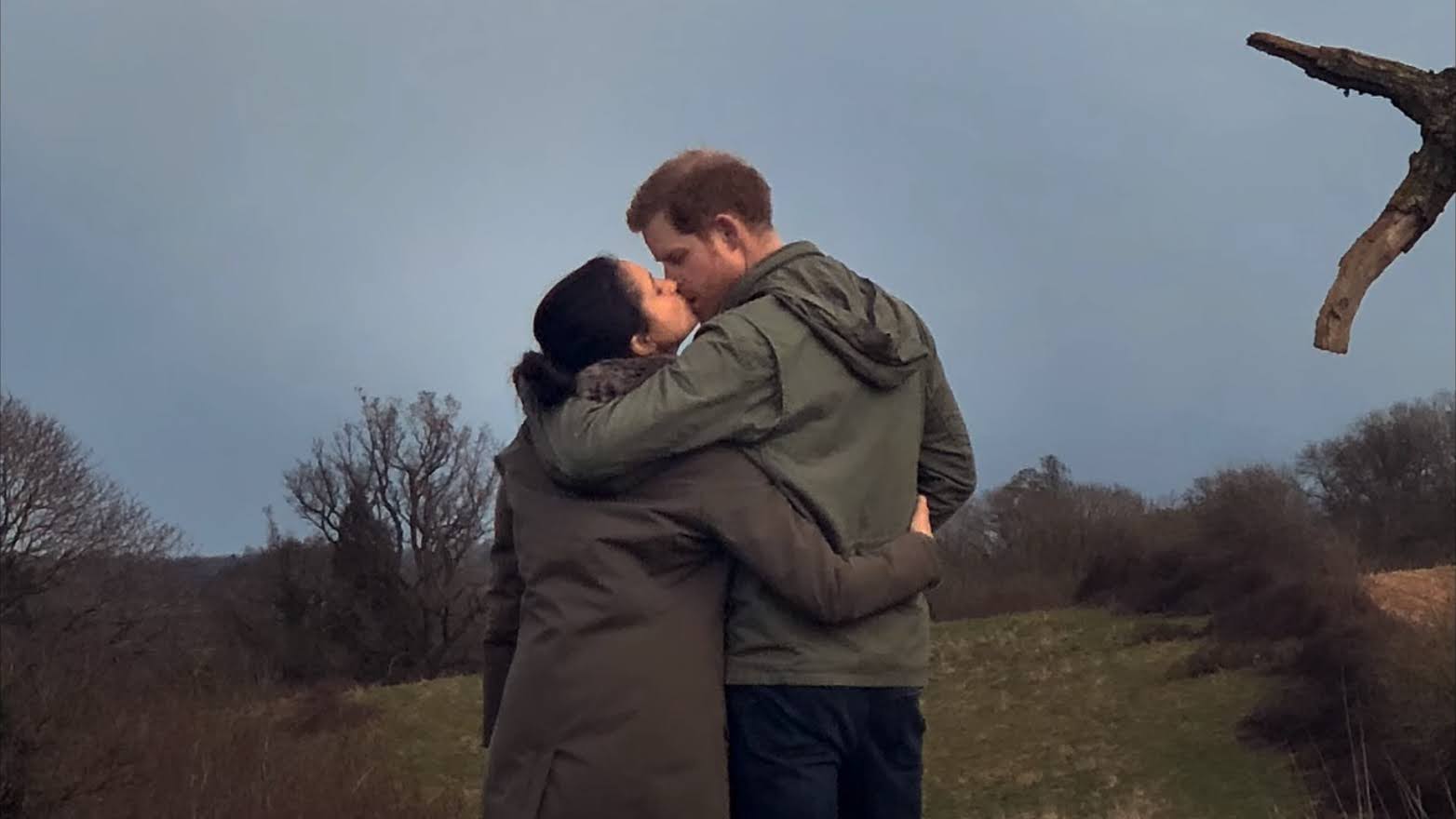Mayer: The Sussexes are central to the fate & future of the British monarchy

Catherine Mayer has emerged as a somewhat interesting “commentator” in the recent royal wars. Mayer’s biography of King Charles came out a few months ago and what was notable about it was how little it was discussed in the British tabloids, probably because Mayer wrote and spoke honestly about how the fate of the monarchy is intertwined with conversations about white privilege, racism and colonialism, all of which ties into what the Duke and Duchess of Sussex experienced and what they’re discussing in their Netflix series. Mayer wrote a piece for the Guardian this weekend – you can read the full piece here. The thesis is basically: what the Sussexes are doing is important and they’re part of a larger conversation about the monarchy and British media. Some highlights:
The royals aren’t some powerless, unimportant fluff: For one thing, disdaining the royals as a branch of light entertainment overlooks their power and influence. In more than a few of the 14 overseas realms, the debate about whether to retain King Charles as head of state is urgent and sophisticated, weighing the monarchy’s problematic history against any value that it adds, and the costs and risks (more acute than ever in a world of surging far-right populism) of change. In Scotland, Wales and Northern Ireland, such discussions also bubble up. In Westminster politics, they are relegated to the fringes.
The Sussexes are central to the fate of the monarchy: In England, republican zeal is conspicuous by its absence. So is Prince Harry. The Sussexes’ exit confirmed a widespread misapprehension that the couple are a sideshow to the monarchy, rather than central to its fate and future. The real question, though, isn’t whether Harry or his children are likely one day to reign – he is fifth in line to the throne, with son Archie and daughter Lilibet respectively sixth and seventh. It’s whether and how many future generations of Windsors will follow Charles, and what the failure of the institution to retain its first mixed-race members says about attitudes within its ranks, as well as in the media and wider society.
Younger people like the Sussexes: Polls show that the couple’s departure, and the subsequent explanations for it, have turned some younger and more diverse demographics, briefly won over to the royal family by Harry and Meghan’s union, against the monarchy. The few prominent commentators who have attempted to articulate this effect – or merely voice discomfort with the nasty, polarised debate around the Sussexes – regularly find themselves invited on daytime TV to be shouted down, gaslit or accused of race-baiting in return.
Meghan’s curtsey: It doesn’t help that Meghan is an imperfect victim, not always consistent in her accounts and prone to flourishes. Her re-enactment for Netflix of curtseying to the Queen instantly drew ire, real and confected, for supposed disrespect to the memory of her grandmother-in-law. Nobody curtsies like that, critics harrumphed. They’re wrong. When I was researching my biography of King Charles, I discovered his female staff were running a competition to see who could perform the deepest curtsey without falling over. A former girlfriend of his also confided that protocol demanded she curtsey to him, leading one evening to a clash of heads when he mistimed an attempt to kiss her.
The bullying crap: A far more serious charge against Meghan is that she bullied palace staff, a story deliberately placed with journalists just before the Sussexes’ Winfrey interview. When I heard some of these allegations in the summer of 2018, I hadn’t written about the royals for a couple of years and this wasn’t a strategic leak. Even taking account of mitigating factors – cultural misunderstandings, a barrage of sexist and racist media attacks at exactly the moment that royal convention denied Meghan a voice, the bias that sees women of colour as angrier than their white counterparts – it’s clear there were clashes.
The royal racism was real: Whatever Meghan did or didn’t do, her experience of racism should be believed, not least because it’s always been there in plain sight. The Netflix documentary serves up one example: the decision by Princess Michael of Kent to wear a “blackamoor” brooch to lunch with Harry’s then fiancee and other royals. When I began probing the question of which family member might have made the comment about Archie’s skin, an insider described Charles as “the least racist royal” and meant this as a compliment. The King’s charities and initiatives have brought him into contact with a wider range of people than many of his relatives, but these perspectives have never been embedded in his household, which, like the whole organisation, tends to homogeneity.
The racism against Ngozi Fulani: Mandu and, in particular, Fulani suffered a campaign of abuse stirred up by some of the same outlets that harried Meghan. Sistah Space suspended some operations amid safety fears. Watching this ugly, predictable backlash unfold, I thought how unsurprising it was that the Sussexes should feel the need to tell, and retell, their story, their truth. The wonder isn’t that they’re doing it, but that they held it in for so long.
[From The Guardian]
I agree with most of this, especially the part about why these royal conversations are important and why it was so significant that the Netflix series included academics speaking about the history of British colonialism, the Commonwealth and the monarchy’s role in the transatlantic slave trade. Meghan fell in love with a British prince and she found herself sitting in the center of a raging sharknado of issues involving racism, class, privilege, misogyny and media power.
Photos courtesy of Netflix.
Source: Read Full Article


